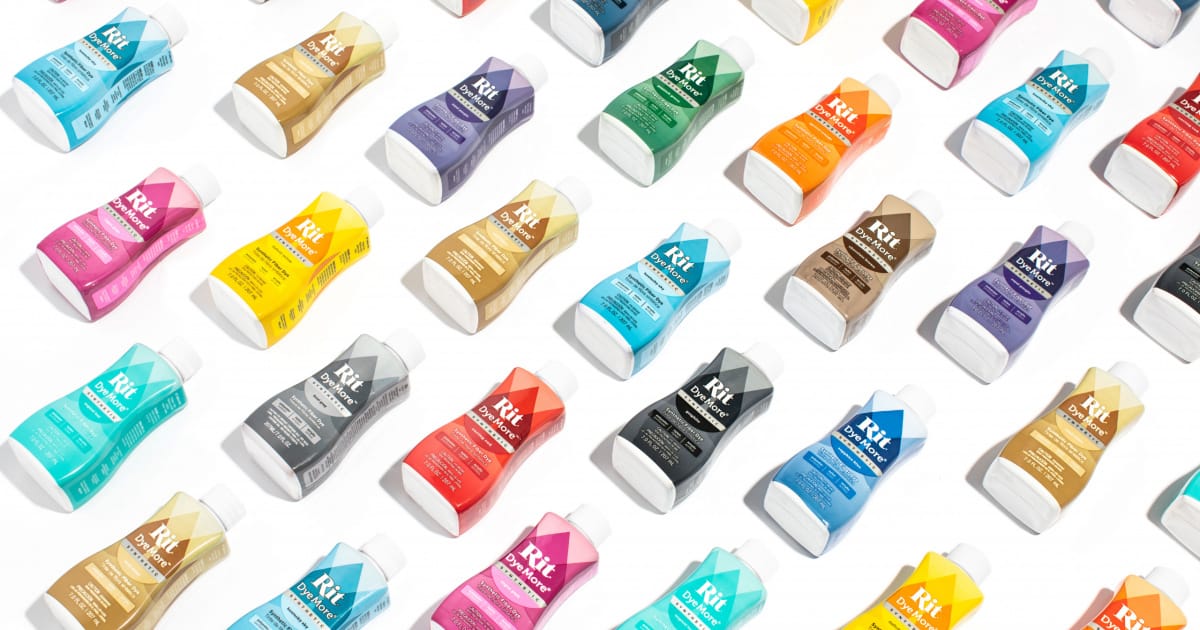RIT dye is a commonly available (in the US) dyestuff, generally meant to be used in a clothes washing machine. It's available in a wide variety of colors.
Color for your clothing, décor, crafts & more. Thousands of colors to choose from. Non-toxic. Made in the USA for over 100 years.

www.ritdye.com
As for IPA - I use it all the time. It's my "go to" solvent and cleaning agent. A LOT less toxic or irritating than mineral spirits, acetone, lacquer thinner, methanol, etc.
Thanks for the enlightenment re: "RIT".
So it's a brand

I did not plan on exploring much more, because I do have some Dykem, and here, the main aim was to establish a cheap and workable alternative.
The fabric dye I happen have around is black, to alter the nearly white corn colour socks Xmas present. I am pretty sure that most any fabric dye will just work. The folk who get into anodizing do say one should use the "better" type for their lovely colour surfaces, so I guess what is fabric dye can vary some. Given the coverage, I think it likely you need only purchase it once, for a lifetime supply of fluid.
The same might be true of the shellac. I was playing with half a gram each, and the batch as delivered was 105grams.
A loose guess on how much I ended up with gets up to it being enough for most of a litre of fluid. It depends how much you need if you only paint where you need to mark. Some folk on HM have been using the same can of fluid for years!
There is a variant of ink recipe I have come across is to add some borax. Folk who do brazing may have some handy as borax flux.
That ink recipe is predominantly water based, using about 37.5% alcohol (150 of alcohol with 250 of water, 20 of shellac, 35 of borax, + dye).
I would try to not use water at all. If I get a chance, I might try it, but I am pretty sure most HM folk can get where they need to with what we now know.

 www.ritdye.com
www.ritdye.com


